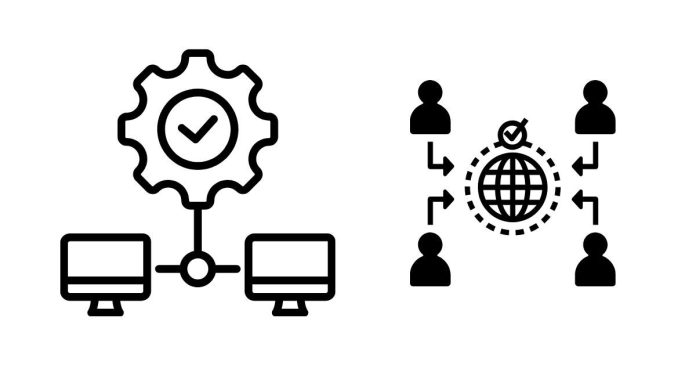A protocol in computer networks is a set of rules or conventions that govern the communication between devices in a network. These rules define how data is transmitted, formatted, processed, and received, ensuring smooth and reliable communication.
Key Features of Protocols
- Standardization: Ensures all devices can communicate, regardless of manufacturer.
- Functions: Error detection, data compression, encryption, flow control, and addressing.
- Layered Approach: Follows the OSI or TCP/IP model to simplify communication and troubleshooting.
Types of Protocols
1. Network Communication Protocols
- HTTP (HyperText Transfer Protocol): For accessing web pages.
- FTP (File Transfer Protocol): For file transfers.
- SMTP (Simple Mail Transfer Protocol): For sending emails.
- SNMP (Simple Network Management Protocol): For network management.
2. Transport Layer Protocols
- TCP (Transmission Control Protocol): Reliable, connection-oriented communication.
- UDP (User Datagram Protocol): Faster, connectionless communication.
3. Internet Layer Protocols
- IP (Internet Protocol): For routing packets across networks (IPv4 and IPv6).
- ICMP (Internet Control Message Protocol): For diagnostics and error reporting.
4. Data Link Layer Protocols
- Ethernet: For local area networks (LANs).
- PPP (Point-to-Point Protocol): For direct communication between two nodes.
Importance
Protocols are vital for ensuring efficient, secure, and interoperable communication between different devices and applications in a network.



